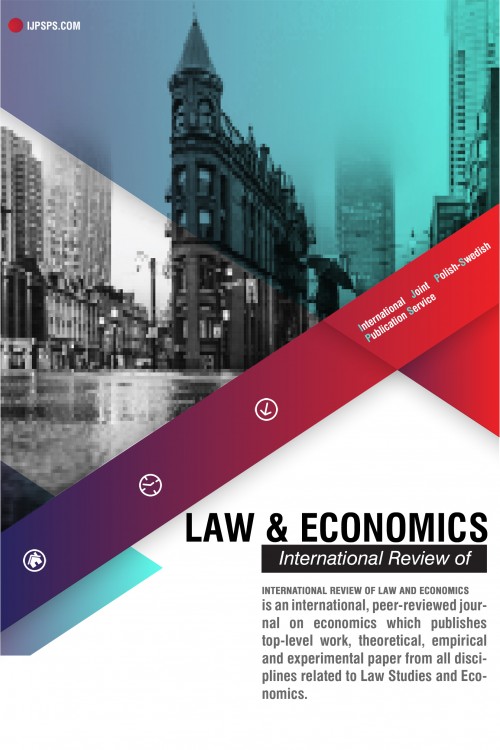
The Impact of Exchange Rate Volatility on Economic Growth under Different Exchange Rate Regimes and Financial Structures
Abstract
This paper examines the role of different exchange rate regimes and financial structures on the nexus between exchange rate volatility on economic growth. The main goal is that, even though the exchange rate volatility can negatively affect the performance of macroeconomic variables, the financial structure, like a channel, can change the effect of this volatility. To investigate this relationship, information on 53 countries with floating and fixed exchange rate regimes in the period of 1980-2016 is considered. The GARCH technique is used to estimate exchange rate volatility and the difference GMM technique is for estimating the model. Based on the results of the estimation for the whole of the selected countries, the financial structure has a positive and significant effect on economic growth and decreases the negative effect of the exchange rate volatility on economic growth, but with a separate estimate for countries with fixed and floating exchange rate regimes, The results indicate that the financial structure index has a positive and significant effect on the economic growth of countries with floating exchange regime. Therefore, it can be argued that countries with floating exchange rate regimes in the long run with the transfer of the financial system from the bank-based to the market-based can prevent the adverse effects of exchange rate volatility, but for countries with fixed exchange rate regimes, has no significant effect.